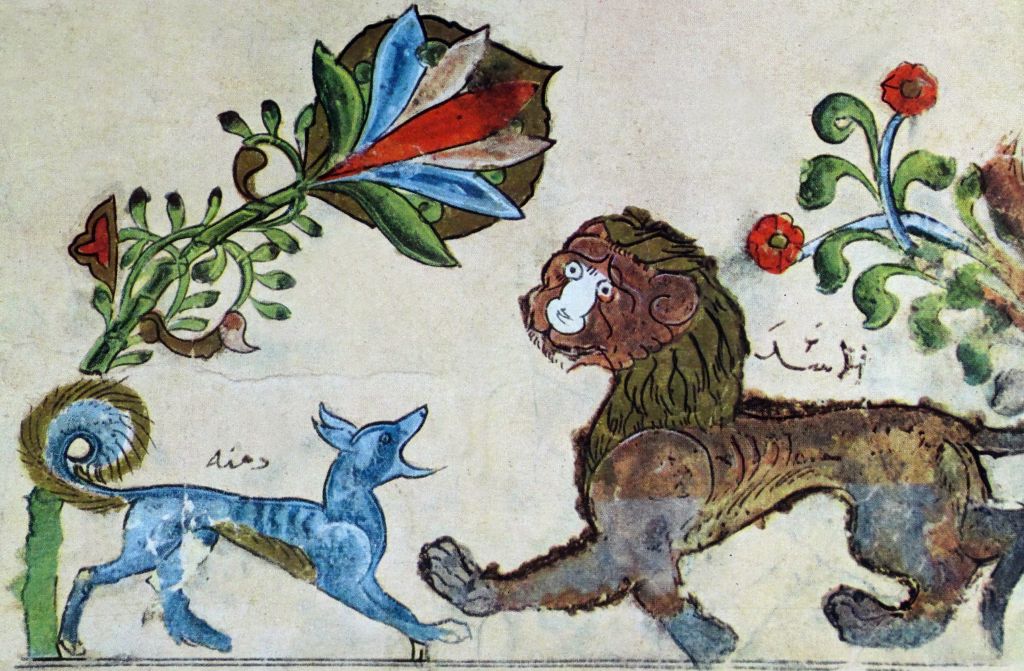The UNESCO Memory of the World (MOW) Asia-Pacific Regional Register has included three Indian literary masterpieces: Ramcharitmanas, Panchatantra, and Sahṛdayaloka-Locana. India achieved this honor during the 10th meeting of MOWCAP, which took place in Ulaanbaatar, Mongolia. It was a great moment for the country. This is because it is their maiden successful nomination since its establishment in 2004.
A Look at the Included Texts
- Ramcharitmanas is a sixteenth-century epic by Goswami Tulsidas that is outside of geographical boundaries. Here, it describes the Ramayana in a different dimension from various places across Southeast Asia, such as Cambodia, Thailand, Sri Lanka, and Indonesia in Awadhi.
- Panchatantra is a variation of the epic Ramayana that was narrated in several Southeast Asian countries, such as Cambodia, Thailand, Indonesia, & Sri Lanka, in the Awadhi language, but from a different angle. Panchatantra: These are animal stories repeated and referred to in India, composed by Vishnu Sharma in the 3rd century BCE. This consists of a tale in every story passing on some principles.

They are told in verse and a mixture of prose, and they are meant to be read as teaching material for young princes and as a means of providing information about how to run a state through an entertaining story. The original Panchatantra also takes one of the first places among the world’s most translated secular books, which, alongside the authors of ‘The Arabian Nights’ and ‘The Canterbury Tales’, were translated into more than 50 languages.
- Sahṛdayaloka-Locana: This 15th-century scholarly work by Rājaśekhara focuses on the subject of aesthetics. The text also provides valuable discussions on the dramaturgy and poetics of Sanskrit theatrical traditions. Significantly, it develops the “rasa” theory—one of the fundamental concepts of Indian aesthetics—first systematized by Bharata in the “Natya Shastra. Even though Sahṛdayaloka-Locana is not as popular as other classics, its focus on emotions in performance arts has a lot of historical value.
The Memory of the World Program.
It was established in 1992 by UNESCO. It serves the purpose of storing and protecting the documentary heritage of humanity by ensuring its original elements in the whole world. It saves the archives of the national, regional, and global importance of the program, as well as promotes research, training, and the conservation of cultural areas.
Global and Regional Recognition
As of May 2023, the International Memory of the World Register holds 494 items. The MOWCAP pays particular attention to such documents as achievements in literature, genealogy, and science of the Asia-Pacific region. The identification of these Indian literary works by MOWCAP in its 2024 cycle confirms the diversity of literary cultures and the intellectual legacy of the region.
It is a major milestone toward the preservation and dissemination of India’s invaluable literary heritage with the inclusion of these three Indian masterpieces in the UNESCO Memory of the World Register.

